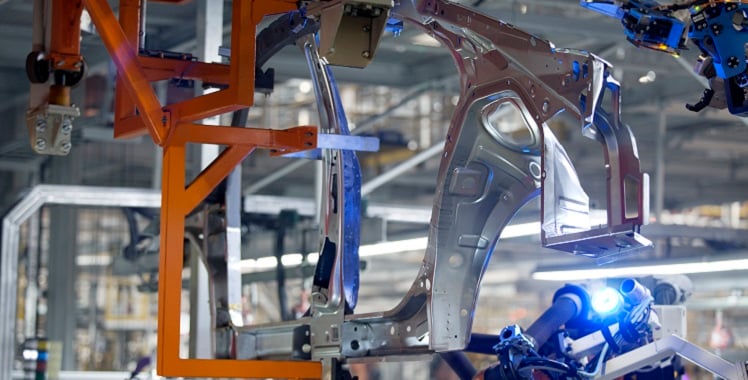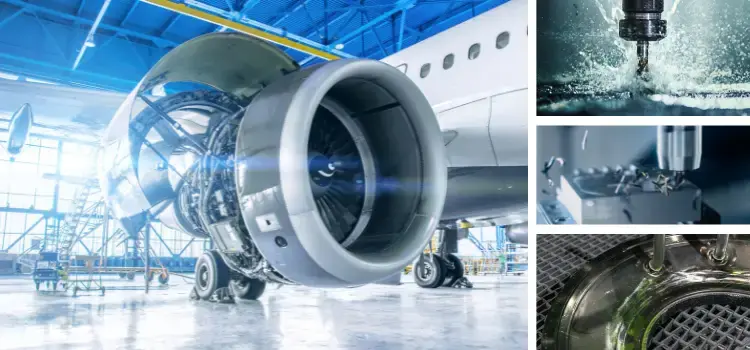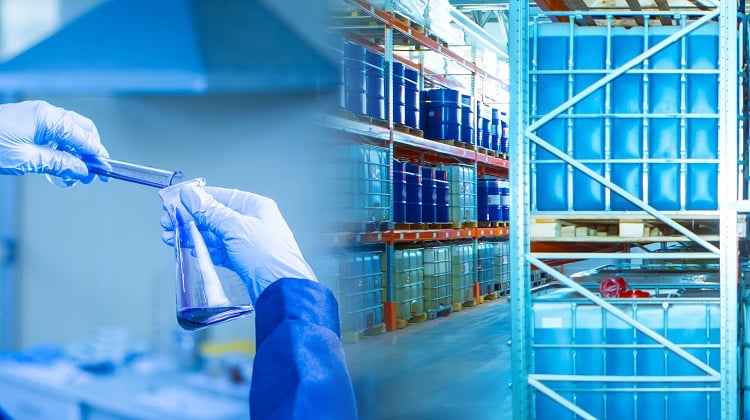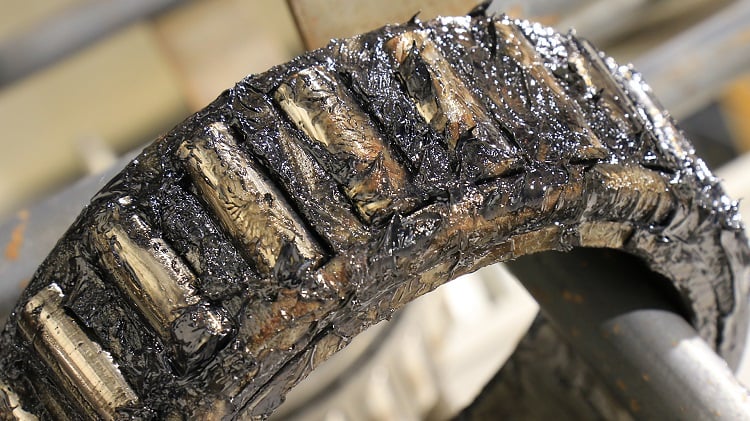Lightweight materials have seen growing interest from automotive manufacturers in the quest to reduce energy consumption and minimize corrosion risk. Often these assemblies require stamped or machined aluminum components to be welded. As automotive facilities make the switch from steel to aluminum, they can often utilize decades-long expertise in metalworking to ease the transition; however, it’s not so simple when it comes to applying steel welding techniques to aluminum welding. While aluminum welding could be the subject of an entire article on its own, one major factor that affects the quality of aluminum welds is the cleanliness of the welded surfaces. For facilities transitioning from steel to aluminum welding processes, surface preparation prior to welding may be a new consideration. This may also mean facilities that never required parts washers in the past will have to integrate a parts washing system into their manufacturing process. The surface condition requirements for successful aluminum welds serve as a good introduction for welding-focused manufacturers to better understand the need for parts washing systems.
ALUMINUM VS. STEEL WELDING
The fundamental differences between welding steel and aluminum are aluminum's higher electrical resistance and melting temperature. Higher temperatures in the weld pool create enough thermal energy to increase the solubility and diffusivity of hydrogen. The mobility of hydrogen in the heat-affected zone is slow relative to the rapid rate of cooling, which poses a risk for high concentrations of hydrogen in the weldments, resulting in porosity or cracking of the welds. These conditions can also create flashing if solid contaminants are present.
RISKS TO CONSIDER
The source of hydrogen can be the aluminum itself or hydrocarbons present on the surface. Assuming the material itself was relieved of any hydrogen prior to assembly; the focus will be on surface hydrocarbons, which can be eliminated during the manufacturing process. These hydrocarbons include any form of lubricant, oil, or coolant; these can be introduced through machining, stamping, extrusions or straight from the mill. Aluminum does not need to be lubricated heavily to supply sufficient hydrogen to cause issues. Coated aluminum is often described as dry to the touch and can give the perception that the surface is clean. The perceived degree of cleanliness may consistently produce successful steel welds, but it will decrease the success rates for aluminum welds in the form of porosity.
If the raw material or metalworked aluminum is coming from another supplier, the cost per unit must be kept to a minimum, typically making a wash process in the prior stage financially unfeasible. This situation usually tasks the manufacturing facility responsible for the welding process with ensuring adequate surface preparation to yield successful welds.
If the number of failed welds exceeds a certain rejection rate, the following issues may arise:
- Disposal of rejected assemblies;
- Penalty fees to OEM for failing to fulfill required daily output; or
- Adding a repair cell to fix rejected welds
CLEAN SURFACES FOR SUCCESSFUL WELDS
Weld failures due to porosity can be prevented by implementing a proper wash process that removes the hydrocarbons from the surface and prepares the aluminum surface for welding. Such a wash process will leave the surface clean, dry, and free of solid contaminants and residues, without altering its appearance in any way.
To ensure no other residues form on the surface and that its appearance is preserved, it is not recommended to use solvent-based cleaners – the result often appears as a milky-white finish. Oils, coolants, or lubricants can be easily removed using a mild alkaline cleaner, a moderate wash pressure, and a higher solution temperature ranging from 120-140ºF (see Aqueous Cleaning Fundamentals Blog).
This type of cleaning can be conducted in three stages: wash, rinse, and blow-off; the entire process can be fully automated in the form of a parts washing system. Referring to Contaminants and Aqueous Parts Cleaning the three-stage wash process can be summarized as follows: “The wash stage contains the mild alkaline cleaner that does the work of removing the hydrocarbons. The rinse stage will use fresh water to remove excess wash solution. The blow-off station will remove excess fluid from the part and remaining droplets will flash dry as long as the parts are hot.”
Proactively integrating a parts washing system into the welding process may involve an initial capital investment, but the cost of retrofitting a wash system or a repair station has historically proved to be significantly greater.
FINAL THOUGHTS
Surface cleanliness should be given equal consideration to welding parameters and geometry when investigating weld failures. When handled straight from the prior process, aluminum components may not physically feel like they are coated in lubricant, but there are enough hydrocarbons present to provide a healthy supply of hydrogen. This hydrogen sits ready to be released in the presence of high heat, and will then want to migrate through the weld pool and get trapped as the pool instantly cools. A wealth of sources can help establish a process for manufacturing and welding aluminum assemblies, ranging from sister plants, parts washing system suppliers, and the resident chemical supplier who may be already supplying other metal cutting fluids. Introducing and treating the wash process with the same care as the machining and welding processes will guarantee a seamless manufacturing line and the return on investment will be immediately realized.
RESOURCES
Jennifer Fowler @ DuBois as metals chemistry expert and associated presentations also prepared for FNG.



